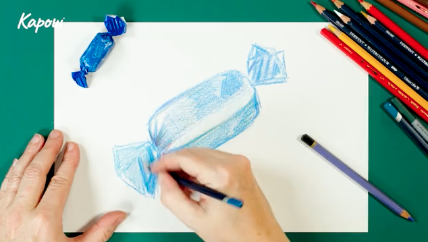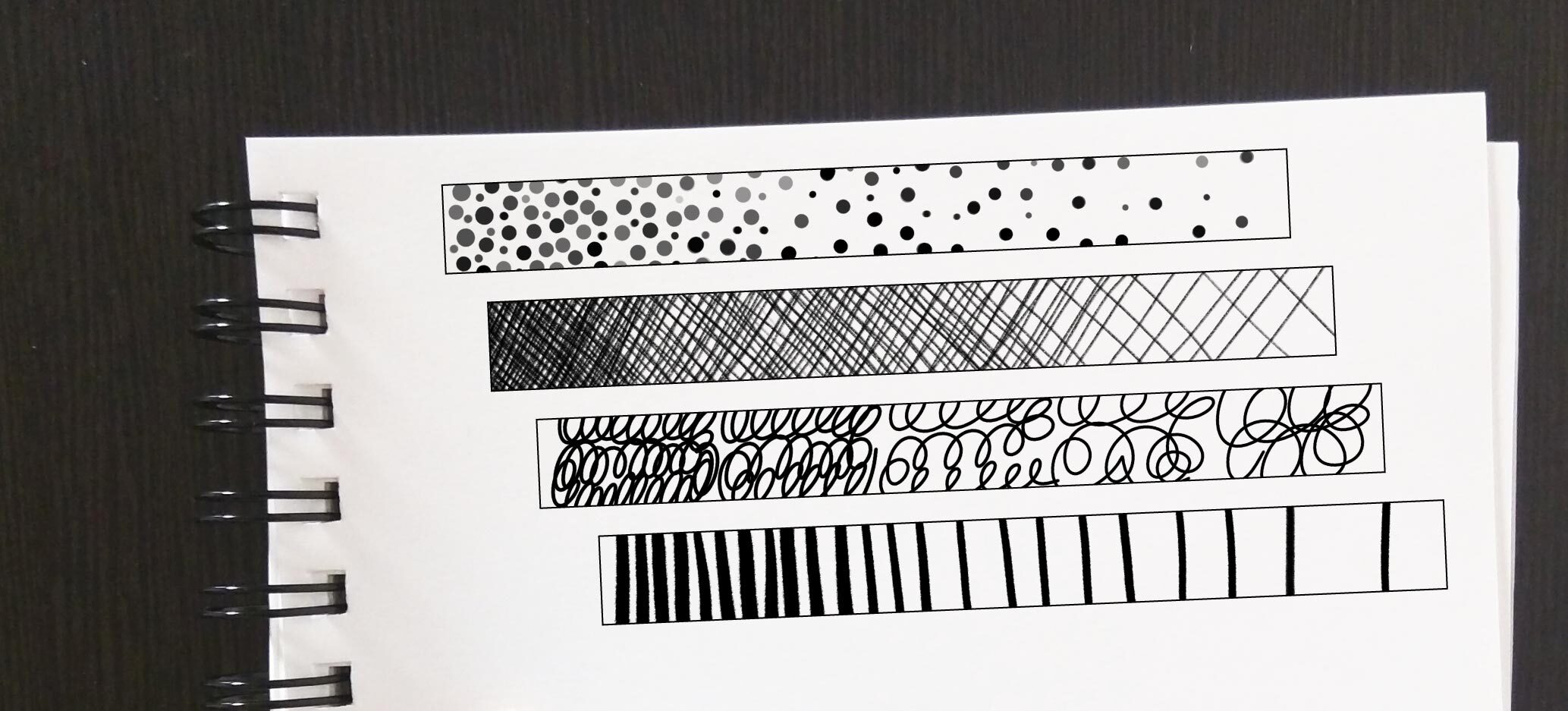Learning intention
- To understand proportion by observing how it is used in artwork.
Success criteria
- I can explain what proportion is.
- I can identify
This content is for subscribers only. Join for access today.
Cambridge Primary Art & Design (0067) Learning objectives
Experiencing
E.01 Encounter, sense, experiment with
This content is for subscribers only. Join for access today.
Before the lesson
This content is for subscribers only. Join for access today.
Lesson plan
Recap and recall
Show slide 1 of the Presentation: Drawing warm-up and read through the slide.
This content is for subscribers only. Join for access today.
Extended-mode explainer videos
How to extend your display to view the lesson page and preseantion mode simultaneously. Choose your operating system below to watch the video
If you need further support with extending your display,
please contact [email protected].
Differentiation
Learners needing support:
- Could write one idea about the artwork in the Main event to use as a prompt when presenting to the class.
- Could use one word from the Resource: Group discussion when presenting their ideas.
Learners working at a stretch:
- Should use a wide range of vocabulary when discussing the artwork in the Main event.
- Could ask groups a question in the Wrapping up.
This content is for subscribers only. Join for access today.
Assessing progress and understanding
Learners with secure understanding can:
- Recognise where artists have used proportion in
This content is for subscribers only. Join for access today.
Vocabulary definitions
-
balanced
When everything in a piece of artwork is the correct size.
-
exaggerated
When something is made much bigger or smaller than it really is for effect.
This content is for subscribers only. Join for access today.





